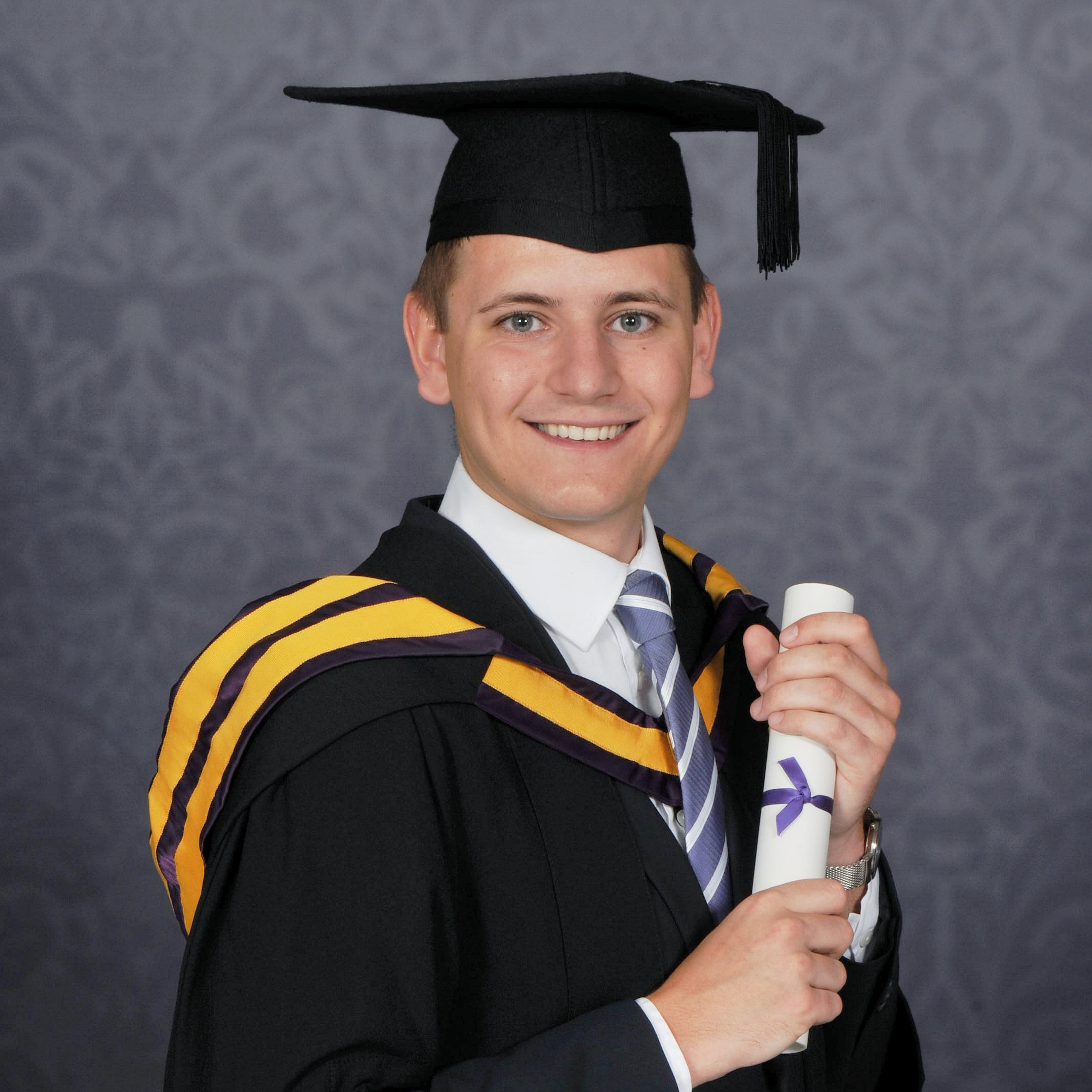Previous Research
PhD Thesis - Modelling of Solute Transport Past a Disordered Uptake Field (The University of Manchester, 2017-2021)
Abstract:
Solute transport often takes place in spatially complex domains with inherently heterogeneous structures, such as in biological tissue and geophysical flows. Due to the complexity of transport networks a variety of mathematical problems exist across a range of lengthscales. We seek to characterise the effect of disordered multiscale spatial structures on solute uptake in the presence of advection and diffusion.
We first examine a one-dimensional advection-diffusion-uptake model for solute transport past an array of point sinks with first-order kinetics. When an advection-diffusion balance exists on the microscale we quantify the impact of disordered sink locations on the solute concentration by finding corrections to a deterministic homogenized solution using a Green’s function method. This non-standard approach to homogenization characterises uncertainty in the solute concentration due to disordered sink locations and captures influences from multiple lengthscales. When advection dominates on the microscale, a staircase structure is exhibited by individual concentration profiles due to boundary layers forming upstream of sink locations. This causes concentration profiles to be non-Gaussian, resulting in moments being poor predictors of disorder in solute concentration. Therefore, we calculate the median and credible intervals for the concentration using the inverse of the cumulative distribution function for sink locations. Credible intervals preserve the staircase structure exhibited by individual concentration profiles and capture their non-Gaussian behaviour.
Next, we consider a more direct approach that quantifies the impact of a disordered sink function on solute concentration in one, two and three spatial dimensions. The sink function is represented by an ensemble of discrete sink locations with each sink having finite width. We develop a `moments-based’ approach, which gives a direct mapping between the first two moments of the sink distributions and the first two moments of the solute concentration. Non-local corrections to a deterministic homogenized solution are found by successively inverting linear operators using an appropriate Green’s function, with a region of influence being given by inverting this Green’s function. For asymptotically small sink widths we find that periodic corrections scale with the sink width according to corresponding singularities in the Green’s function. By normally perturbing sinks from a periodic arrangement we find that disorder smooths out singularities when taking averages. By prescribing sink locations using a uniform distribution we find that the dominant correction varies smoothly in space but is amplified by asymptotically small sink widths in two- and three-dimensional domains.
Finally, we consider using a continuous sink function described by a Gaussian process with both Gaussian and exponential covariance functions in one, two and three dimensions. For asymptotically large correlation lengths, non-local corrections in the moments-based approach are readily evaluated and provide an upper bound on the variance of solute distributions. For asymptotically small correlation lengths the (co)variance of corrections is simplified using a delta-function approximation, allowing an effective uptake parameter to be used to predict the expected concentration. The uniformly random sink covariance function is shown to be Gaussian in two and three spatial dimensions, allowing the effective uptake parameter to be calculated. Its use is illustrated using two applications: solute transport within maternal blood through the intervillous space of the placenta and oxygen uptake by mitochondria within placental tissue.
Supervisors: Prof. Oliver E. Jensen and Dr. Igor L. Chernyavsky
Keywords - Asymptotic Homogenisation, Uncertainty Quantification, Porous Media and Transport Phenomena.
Masters Project - Vibrations of the Trachea During Phonation (The University of Manchester, 2016-2017)
Abstract:
During phonation the trachea walls vibrate to create sound. In this project we will consider the different motions of trachea walls caused by releasing the trachea with different initial widths and speeds. The impact of varying flow rates and elasticities will be incorporated. We will seek to capture how the trachea vibrates or if the trachea is expected to collapse. We consider an initial model which captures stable tracheal oscillations (Gavriely & Jensen, 1993). This model is then modified to consider the influence of different air-flows and a drag force on the trachea walls.
Supervisor: Prof. Oliver E. Jensen
Summer Internship - Reducing Material Deformation in a Graphene-Polymer Sheet (The University of Manchester, 2016)
Abstract:
We will consider the structural properties of a graphene sheet which is bonded to a polymer layer and suspended over a microscopic cavity. This project will examine how varying the composition of a graphene-polymer sheet results in different vibrations when placing the composite material under pressure. We consider varying both the thickness and stiffness of the polymer to deduce the optimal composition which prevents deformation in the material.
Supervisors: Dr. Gareth Wyn Jones and Prof. William J. Parnell
